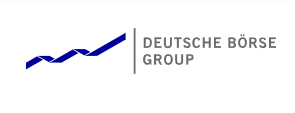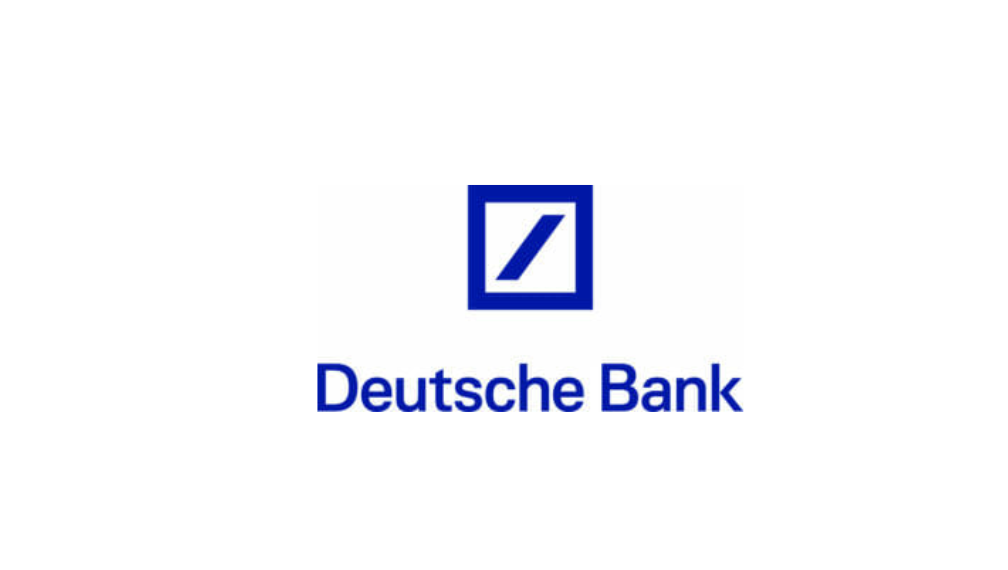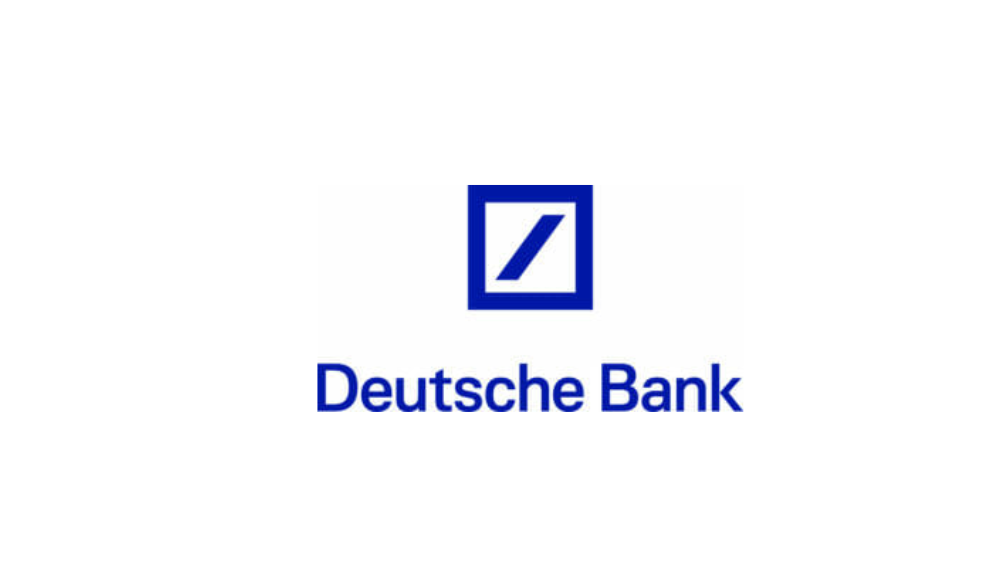Listed derivatives move to adapt as megatrends accelerate
The rise of thematic indices and increasing appetite for allocating capital to megatrends have boosted flows to this nascent investing style. These developments prompted some market participants to hail a new era in asset management, with the diversity of indices rapidly growing and ETF creation booming.
Ahead of its Derivatives Forum in Frankfurt this month, Eurex investigated how this evolution is progressing and what influence megatrends will have on listed derivatives markets.
Thematic investing supercharged the ETF industry, with huge AUM growth during the last five years. Investors have become increasingly interested in capturing the upside from megatrends, the broad, powerful, and transformative forces that significantly impact countries, businesses and societies worldwide.
These include trends such as the proliferation of internet-enabled devices, which boosted connectivity and productivity. The most prominent is climate change, which has elevated the need for better sustainability practices.
The breadth of thematic trends is wide-ranging. Investors can allocate to macro strategies that create exposure to the effects of demographic change. They can also take positions on more niche topics, like pet care.
The pace of creation has been rapid, with a large amount of diversification in the space. That has made thematic index creation a highly customizable market. This is a trend that favors ETF creation but presents complications for the standardization needed to grow listed derivatives around the market.
“Listed derivatives on thematic trends will be a long and winding road,” says Randolf Roth, executive board member at Eurex. “Not every megatrend will have its own future. The challenge is that megatrends are very diverse compared to large cap equity indices, where liquidity tends to concentrate in one S&P 500, one EURO STOXX 50, and one FTSE 100”.
“With thematic indices, the trends are more global, so we don't have to worry about creating European, US and UK-specific indices. But there are still so many indices and even within themes index construction is very heterogeneous.”
Customization is only set to accelerate in the near term. Index creators are working hard to mine an increasingly diverse number of data sources that can create more accurate exposure to megatrends. Many of these methods are new and innovative, leading to various data sets and, by turn, indices.
“The approaches used to construct thematic strategies are becoming ever more diversified in a bid to provide greater differentiation and to better capture the full opportunity set,” says Axel Lomholt, Senior Managing Director and Chief Product Officer at Qontigo.
“For instance, natural language processing is being leveraged on unstructured data such as news, filing and transcripts, as a means to determine a company’s relevance to a particular theme. Beyond this, increasingly specialized data is being leveraged that can be used as a forward-looking indicator for intellectual property.
“The Stoxx Global Metaverse that we launched last year is an example of this. Patents are great for capturing the opportunity set where revenues are not as well established, for instance in emerging themes that have yet to penetrate a significant amount of the target market.”
Themes as the new sectors?
Much of the debate around thematic indices has centered on whether or not they are displacing sectors as an investable index set for investors. Some data shows that AUM growth and new fund creation in thematic ETFs have begun to outpace sector ETFs in recent years.
However, the story is not as simple as one trend replacing the other. In many ways, thematics are an evolution of sector indices, designed for greater flexibility and longer timeframes than the original sector approach. Thematic indices go beyond traditional approaches to sector classification and apply an agile mapping system to design a dynamic, unconstrained and sector-agnostic approach to identify companies with exposure to a specific theme.
“Slightly before the pandemic, there has been a shift towards thematics, which has accelerated since,” says Norbert van Veldhuizen, Head of Equity Index Product EMEA at FTSE Russell. “Industry Classification Benchmark (ICB) enhanced its structure to reflect the evolution of the global economy and new techniques enable broader coverage as certain themes are not classified as sectors, yet.”
Looking at sectoral indices may also explain how listed derivatives evolve around the thematic underlyings. Sectoral index derivatives have proven hugely successful, but liquidity is not broadly spread. There have been favored sectors where liquidity concentrates. This will likely also be how a derivatives ecosystem forms around the megatrends.























































First, please LoginComment After ~